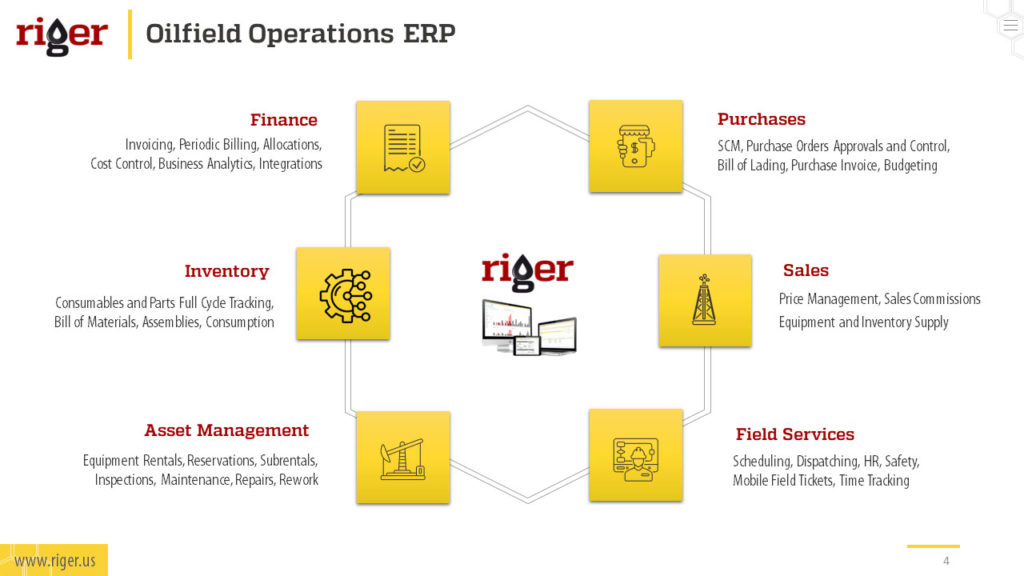Key Performance Indicators (KPIs) are essential metrics that help measure the success of oilfield operations. KPIs provide insights into the performance of specific processes and operations, allowing oil and gas companies to identify areas for improvement and optimize their operations. In this article, we will discuss the importance of KPIs in oilfield operations and explore some of the most critical KPIs to track.
1. Production Efficiency
Production efficiency is a critical KPI for oilfield operations. This KPI measures the amount of oil or gas produced by a well or a field compared to its maximum potential production rate. By tracking production efficiency, oil and gas companies can identify the most productive wells and fields and optimize their production processes to maximize output.
Maximizing production efficiency is crucial for oil and gas companies to remain competitive. By tracking production efficiency, companies can identify areas for improvement, such as reducing downtime, optimizing well performance, and implementing new technologies.
2. Safety
Safety is another crucial KPI for oilfield operations. This KPI measures the number of safety incidents, accidents, and near misses that occur in a given period. By tracking safety metrics, oil and gas companies can identify potential safety hazards and implement corrective actions to prevent accidents and ensure the safety of workers.
Ensuring the safety of workers is a top priority for oil and gas companies. By tracking safety KPIs, companies can identify areas for improvement, such as improving training programs, implementing new safety protocols, and investing in new safety equipment.
3. Downtime
Downtime is a KPI that measures the amount of time that a well or a facility is not producing oil or gas due to maintenance, repairs, or other issues. By tracking downtime, oil and gas companies can identify the causes of production delays and implement measures to reduce downtime and optimize production efficiency.
Reducing downtime is crucial for oil and gas companies to maximize production and increase profitability. By tracking downtime KPIs, companies can identify areas for improvement, such as improving maintenance programs, implementing new technologies, and investing in new equipment.

